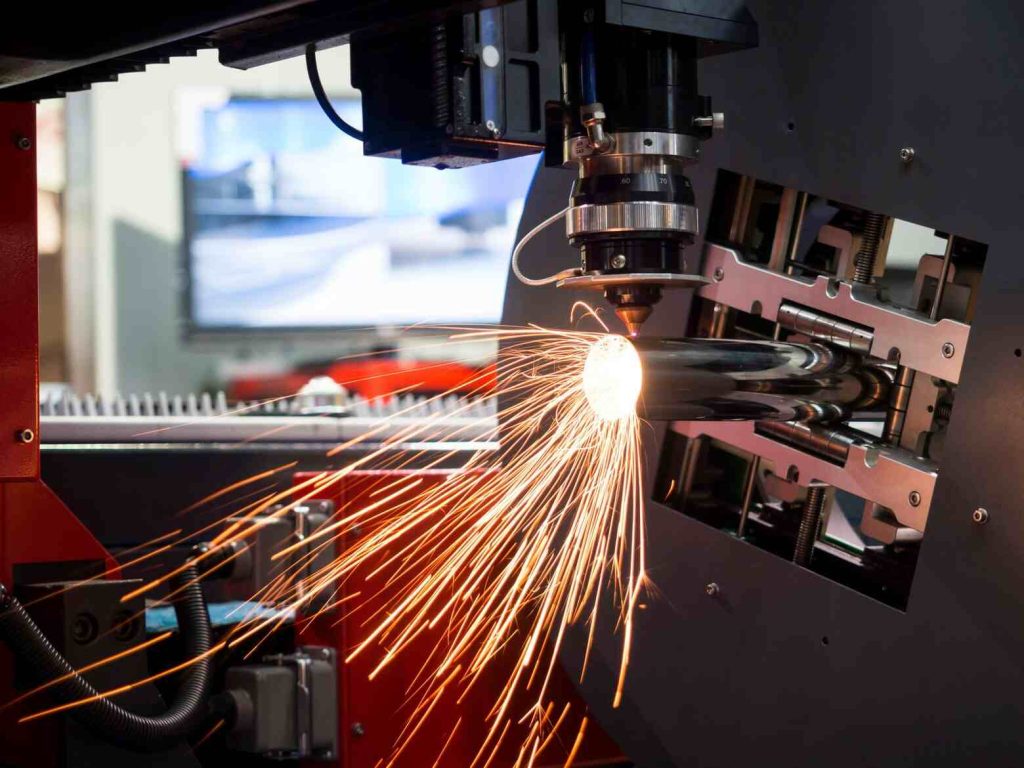The dissemination of science to the public via scientific illustrations. Scientific illustrations differ than art illustrations because they create a precise impression.
Natural mineral mica can be employed in various ways. It is a great material to illustrate in the fields of science.
Science Illustrations with Mica Engraving
Science illustrations play a crucial part in the science communication. They help the public to better understand complicated systems. They are often included in books and other scientific publications. Scientific illustration requires meticulous research to present a subject in a precise manner.
Natural mica comes in a variety of shades. The mica is found as tetrahedral or trioctahedral sheet that has a metallic sheen. Mica brocades are made by coloring it using dyed substances.
Between the 16th and 17th centuries, European naturalists travelled to in the New World and brought back samples of the fauna and flora. Then, they illustrated their discoveries to share to the wider public. The ke menu mica a4 modern scientific illustration was created by artists such as Maria Sibylla Merian, Ernst Haeckel as well as others. The artists emphasized the beauty and harmony of nature, and were instrumental in redefining the concept of scientific illustration.

Mica Engraving for Diagrams in Science
The flexibility of mica permits it to be applied with a range of different methods, creating a range effect visuals. The artist can utilize the mica powder to give an ethereal sparkle to their prints and paintings, or mix it with bokuju (rice paste) or nori (paper glue) for extra strength.
The printer uses the technique of engraving to incise or cut out a design into the surface of a metal plate. The plate will leave an image reversed in moist paper once it’s passed through the printer. This paper can then be used as a stencil for applying several ink colors onto the paper’s surface. Every color is layered on top of the previously inked layer.
The Highest Precision Mica Engraving To Scientific Visualization
In spite of the animosity that many feel toward science and arts illustrations of scientific research are an essential element of scientific communication. It helps illustrate complex concepts, specifics and theories in a manner which are easy to comprehend.
The area of scientific illustration is very diverse, from different cell types to biochemical pathways, the design of engineering and physics diagrams. A scientific illustrator must have an extensive understanding of the topic they’re depicting. A majority of projects will need study to depict precisely the process or object which is to be depicted.
Get started by establishing the portfolio of your work, then attending social events around your area or at conferences. Get in touch with scientists to offer jobs as freelancers. It is important to be adaptable as your work assignments could change with the course of time.
Applications to Mica Engraving in Scientific Illustration
Art and science can be perceived as opposite fields however, the science of illustration sits at the crossroads. Visuals aid us in understanding the world around us, and allows scientists to share their research to an audience through creative techniques.
Rowan Weir creates evocative conceptual art using both traditional and digital mediums. She explores our globe’s changing and ever-shifting mysteries, as well as the ever-changing threats that threaten our lives. She is able to present complex scientific ideas through a combination of visual and verbal means.
The usage of mica in various applications is widespread, from electrical components to microscopy instruments and sheets. Additionally, it’s used to make the dials of navigation compasses and optical filters. Pakistani women use mica flake to add a touch of glamour to their summer attire and especially their dresses.
New developments are being made Mica Engraving Technology for Science Diagrams
Diagrams are used by scientists to show microscopic interactions as well as patterns. They are an essential element in presenting their findings and convincing peers to interpret and shape findings made by microscopes.
Mica is a key material used in the creation of Intaglio prints used in the field of scientific illustrations. Printmakers utilize a burin for incising lines on the surface of metal so that they can create an intaglio print.
Usually, mica is floated either in small dishes or drops on Parafilm to allow floating of carbon films. These methods, however, don’t provide the angular tilt to allow carbon to be released. Therefore, a new block for etching is developed that has a mica slot ramped. This could be combined along with this floating buffer exchange mechanism to enable precise positioning of mica slots.



